When you think of Germany, you probably picture Berlin, Bavaria, or maybe the Black Forest. But honestly, not many folks realize that Brandenburg—the state wrapping around Berlin—overflows with rich history and some of the country’s prettiest natural spots.
I’d argue Brandenburg is Germany’s most underrated state for nature lovers and history buffs seeking a quieter escape.
I’ve wandered its rivers, forests, and historic towns that most travelers skip. There’s a peaceful vibe here, with wildlife everywhere and echoes of medieval stories around every corner.
If you crave hidden gems, fewer crowds, and something genuinely authentic, Brandenburg should absolutely be on your radar.
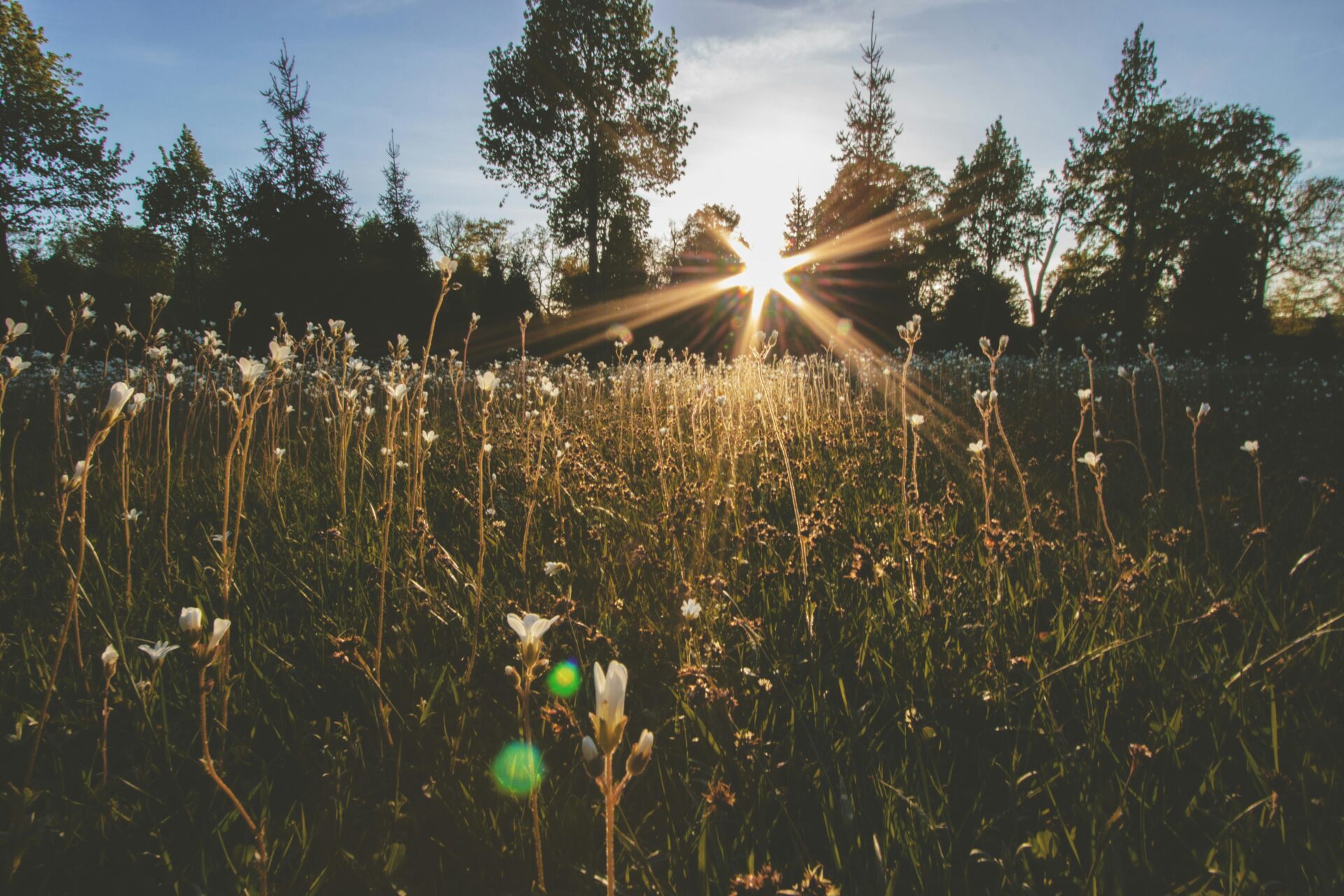
Natural Wonders and Outdoor Adventures
Brandenburg really feels like a breath of fresh air, packed with protected nature reserves, quiet lakes, and endless forests.
I always find new ways to unwind or get active here. Especially in summer, when the days stretch out and the outdoors just call your name.
Spreewald Biosphere Reserve
The Spreewald Biosphere Reserve is hands-down one of my top places in Germany to paddle and recharge. UNESCO protects this area for its wild network of waterways.
Canals snake through meadows and woods, setting the perfect scene for kayaking or canoeing. I’ve spent hours here, drifting past reeds and trees, just soaking it all in.
Birdwatching is fantastic, especially when spring brings the birds back. Kingfishers and herons pop up along the banks, if you’re patient.
After a paddle, I always grab some Spreewälder Gurken—the region’s famous pickles. It’s a quirky local tradition I never skip. Guided barge tours here let you see how folks have lived with the water for centuries.
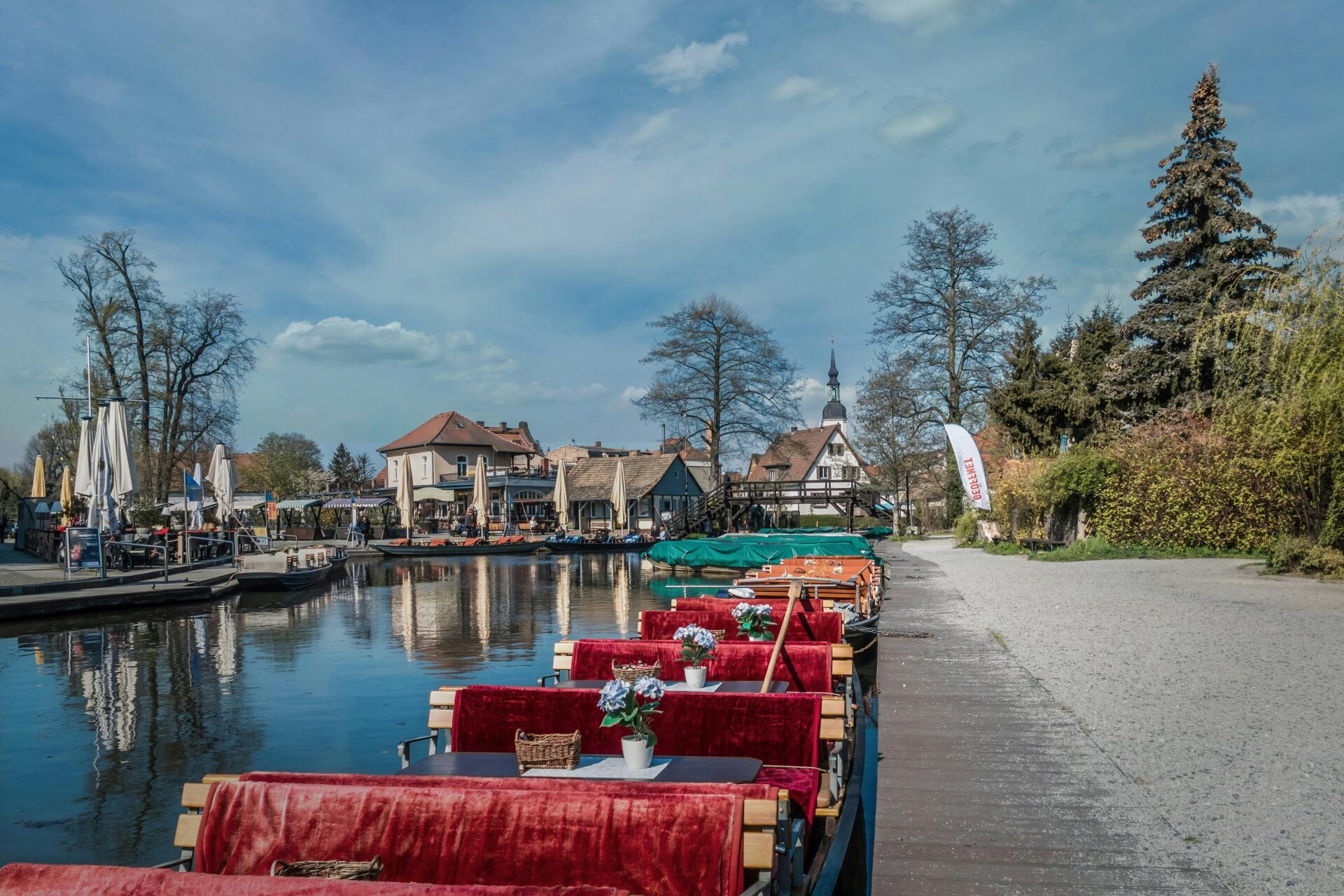
Lakes, Rivers, and Water Landscapes
Brandenburg surprises me every time with its sheer number of lakes—over 3,000! And there are 30,000 kilometers of rivers and streams too.
I’m drawn to the Havel River and Scharmützelsee, which are fantastic for swimming, boating, and fishing. In summer, families gather for picnics, but if you’re up early, it’s all yours for a peaceful kayak or some quiet birdwatching.
Rheinsberg is my go-to spot for a boat tour. Havelland’s broad water landscapes and reed beds attract migrating birds, making it a real treat for nature lovers.
Much of the shoreline stays wild and untouched. Sometimes, I forget I’m anywhere near a big city at all.
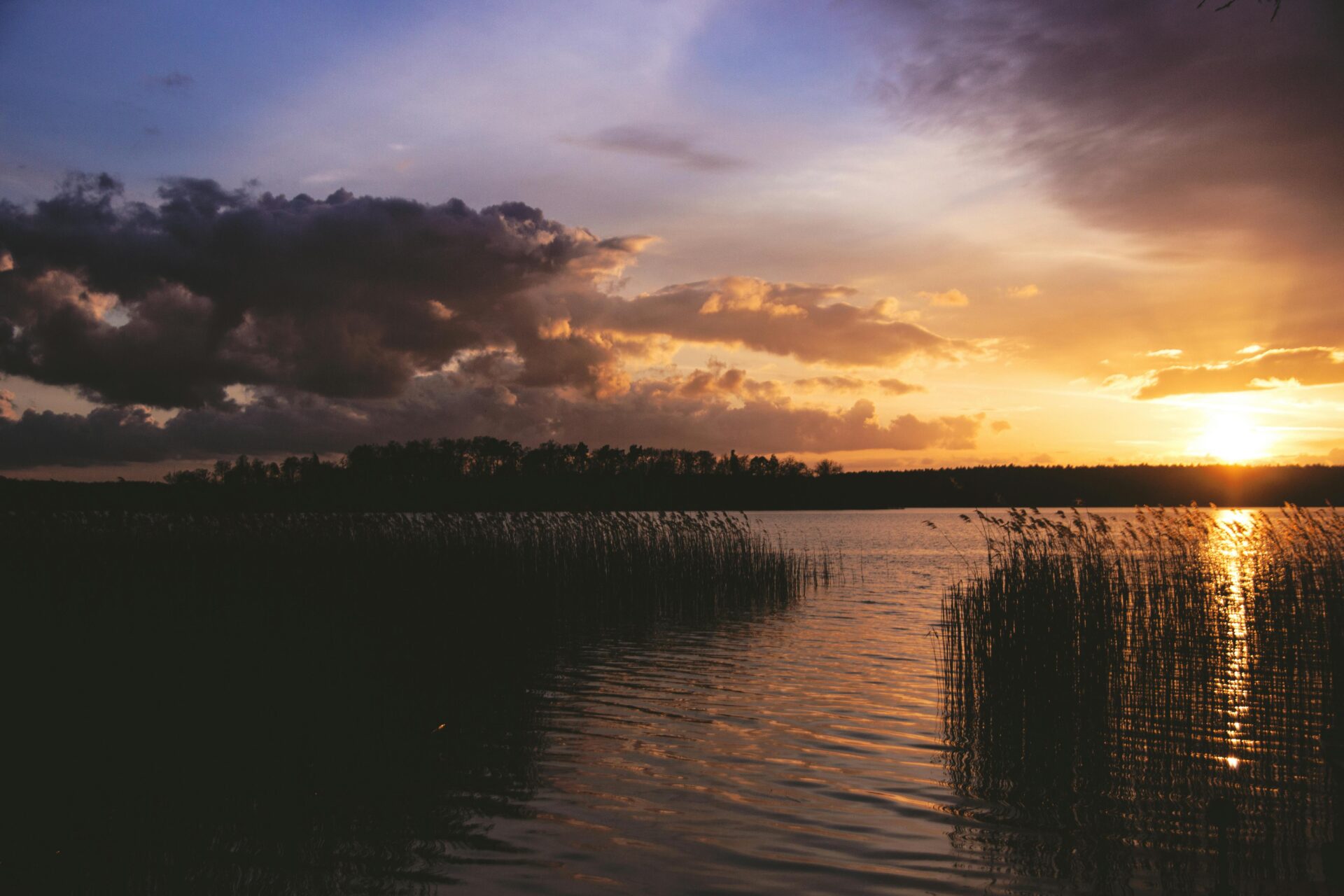
Forests and Hiking Trails
Forests blanket much of Brandenburg, and honestly, wilderness feels so close here. The Uckermark and several nature reserves offer big stretches of protected land.
I love how well-marked the hiking trails are. They wind through beech, oak, and pine forests, past lakes and sleepy villages.
Spring and early summer are my favorite seasons for hiking, when wildflowers bloom and birds fill the air with their songs. In autumn, the forests turn golden—photographers, take note.
Trails here really suit everyone, from beginners to those craving a longer trek. There’s something for every pace and mood.
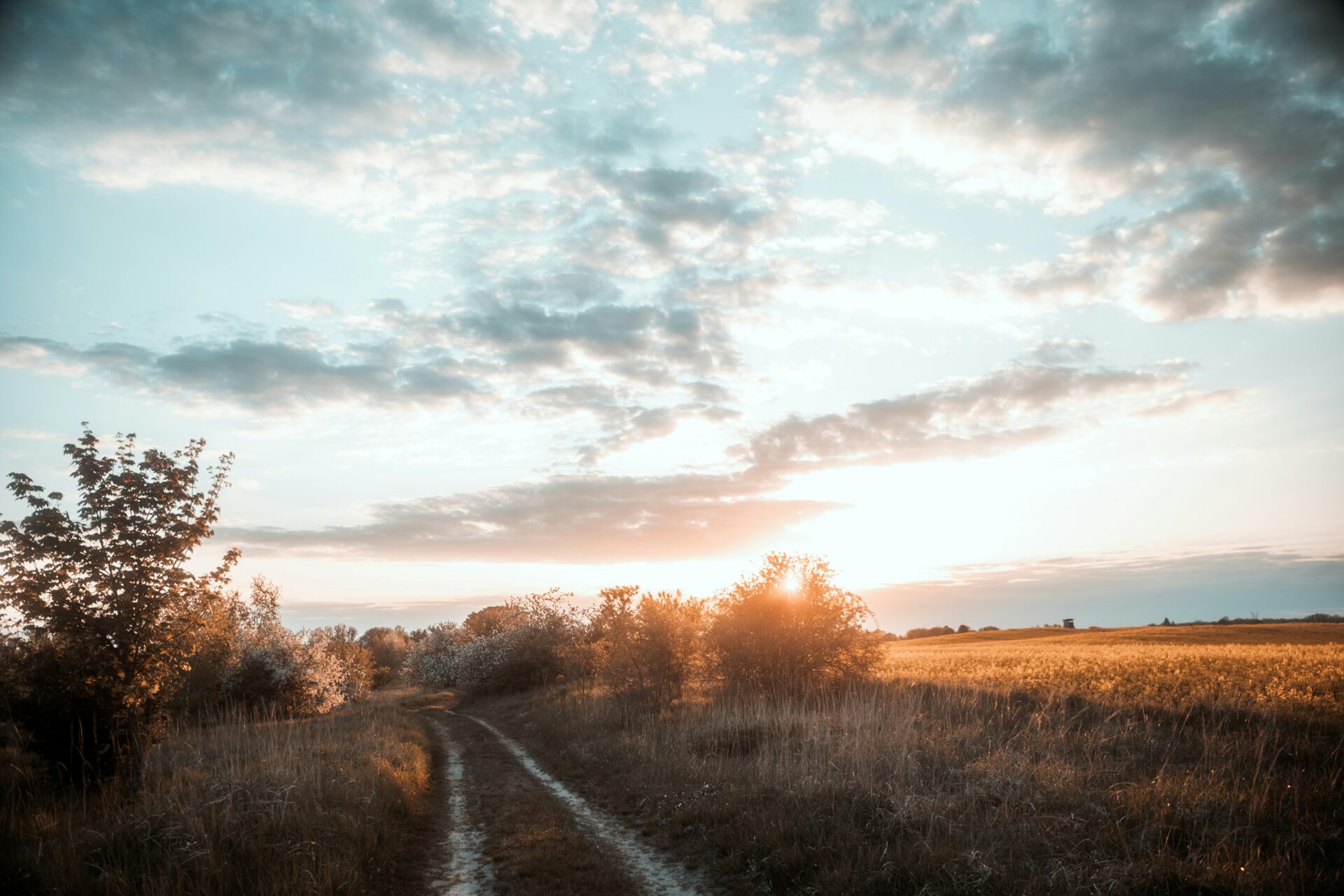
Cycling Paradises
Cyclists rave about Brandenburg, and I totally get it. The flat landscape and quiet roads make long rides a breeze, even for newbies.
I usually cycle through Havelland and around Templin. Small towns and nature reserves pop up along the way, perfect for a pause and a snack.
The cycling network links lakes, forests, and historic sites. Bike paths often hug rivers or cut through shady woods, which keeps things cool in the summer.
I like to pack a picnic and swing by local markets for fresh fruit—makes the ride feel extra rewarding.
Potsdam’s Palaces and Parks
Potsdam really stands out with its grand palaces, sprawling parks, and charming old neighborhoods. Every time I visit, I’m reminded how deeply the city mixes culture, architecture, and gardening.
It’s a UNESCO World Heritage Site for good reasons.
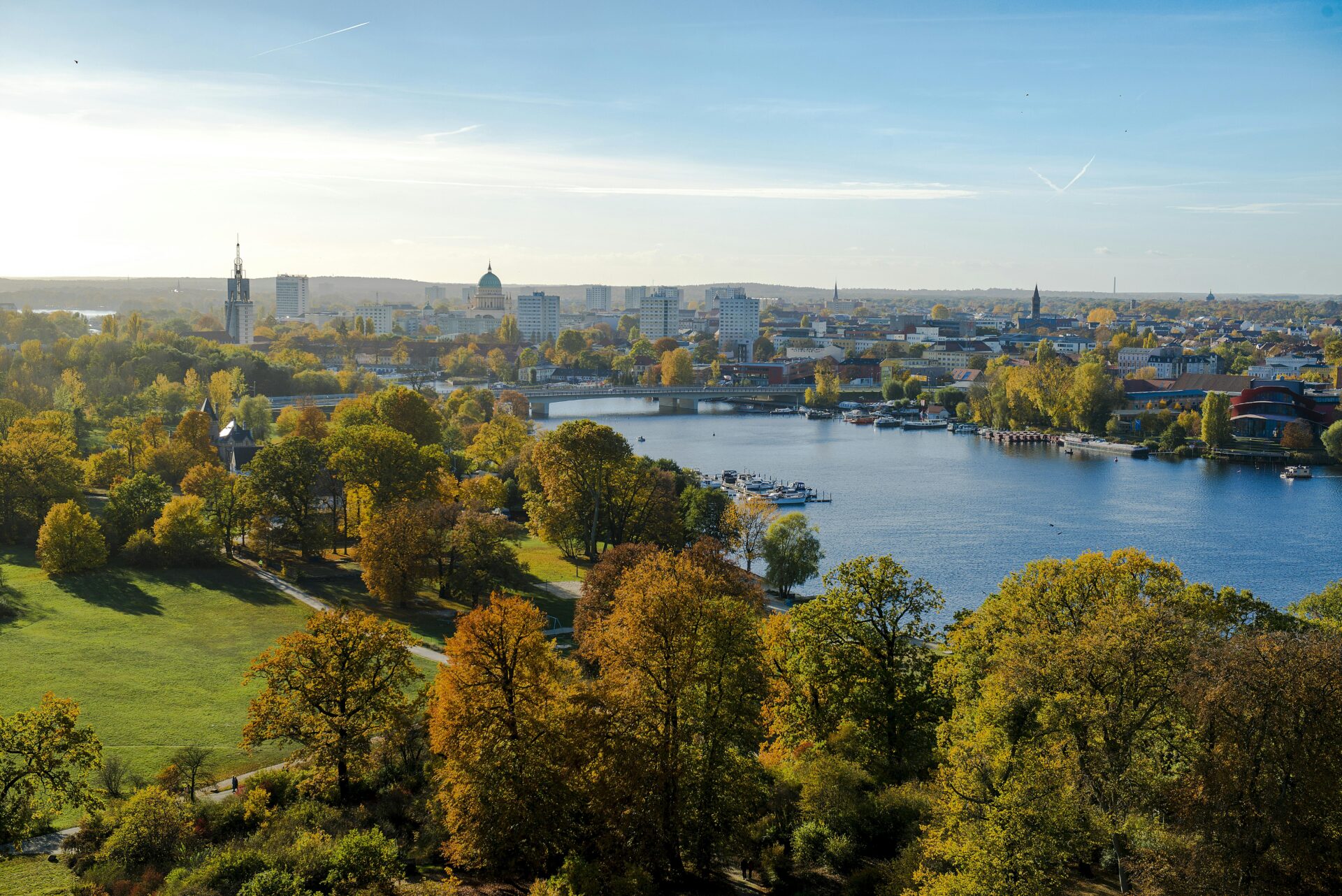
Sanssouci Palace and Park
Sanssouci Palace, built for Frederick the Great, served as his summer escape from Berlin’s formalities.
It’s smaller than some of Europe’s other palaces, but the Rococo style gives it a unique, cozy elegance. You still see original furniture and art inside, which adds real character.
The park is massive—almost 300 acres. Terraced vineyards, fountains, and marble statues line the paths.
I can wander for hours past orangeries, pavilions, and rows of ancient trees. The design feels open and natural, with sweeping lawns and flower beds softening the edges.
Key highlights:
- Sanssouci Picture Gallery
- Historic Windmill
- Chinese House
The palace and park together earned UNESCO status in 1990.
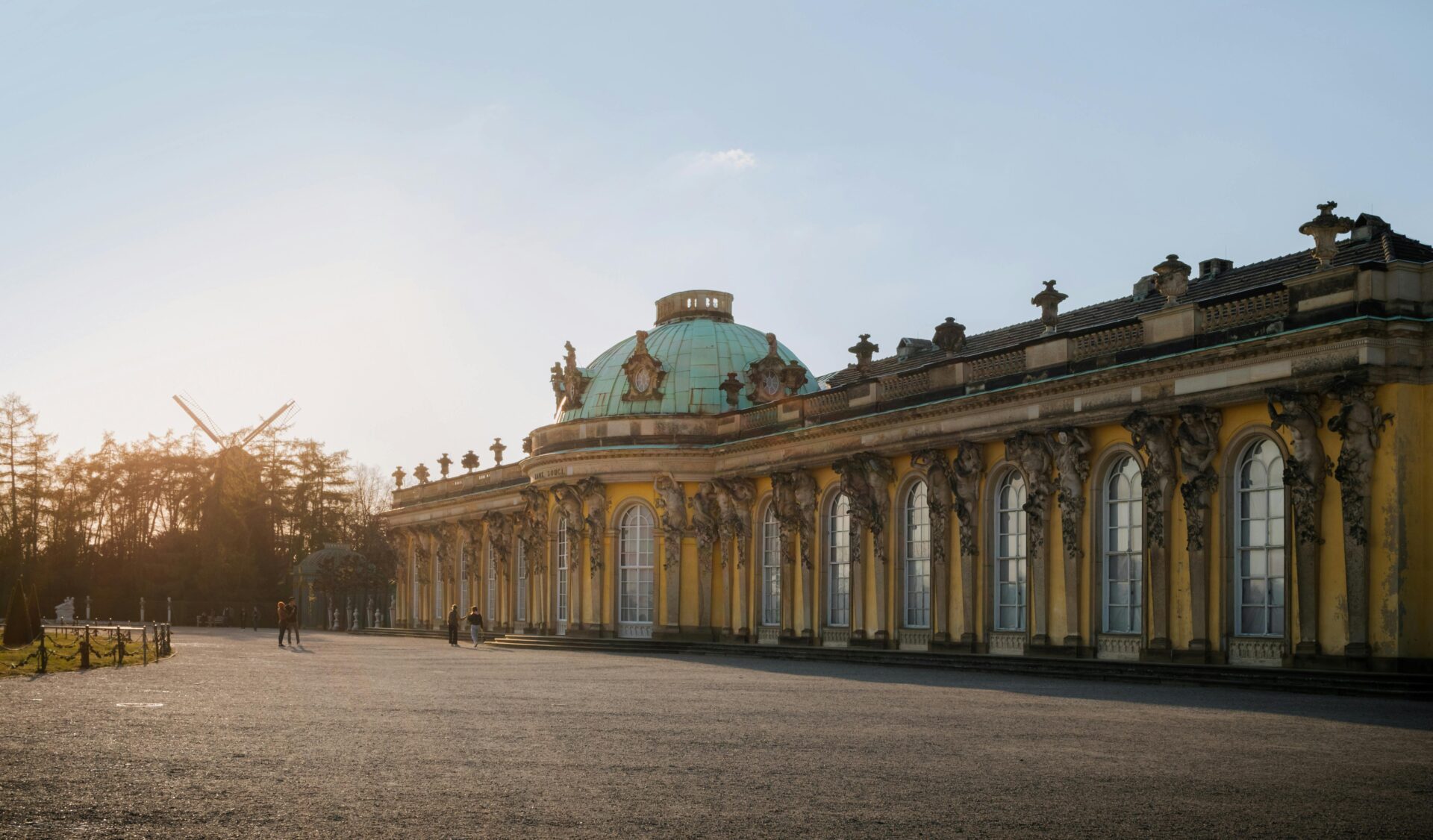
Babelsberg and New Garden
Babelsberg Park, from the 19th century, wraps around a palace in Gothic Revival style. Peter Joseph Lenné and Prince Hermann von Pückler-Muskau designed it with terraces, lakes, and rolling hills.
I find Babelsberg quieter than Sanssouci. There’s a wild, less-manicured feel to the landscape, and the views over the Havel River are gorgeous.
The New Garden, about a 20-minute walk from Sanssouci, was laid out in the English style. Cecilienhof Palace, where the Potsdam Conference happened, sits here.
Wide meadows, old oaks, and glassy lakes make it a favorite for picnics or just a slow stroll.
Notable sights:
| Site | Feature |
|---|---|
| Cecilienhof Palace | Potsdam Conference |
| Marble Palace | Lake views, neoclassicism |
| Gothic Library | Unique architecture |
Both parks hold UNESCO World Heritage status and reflect key moments in Prussian history.
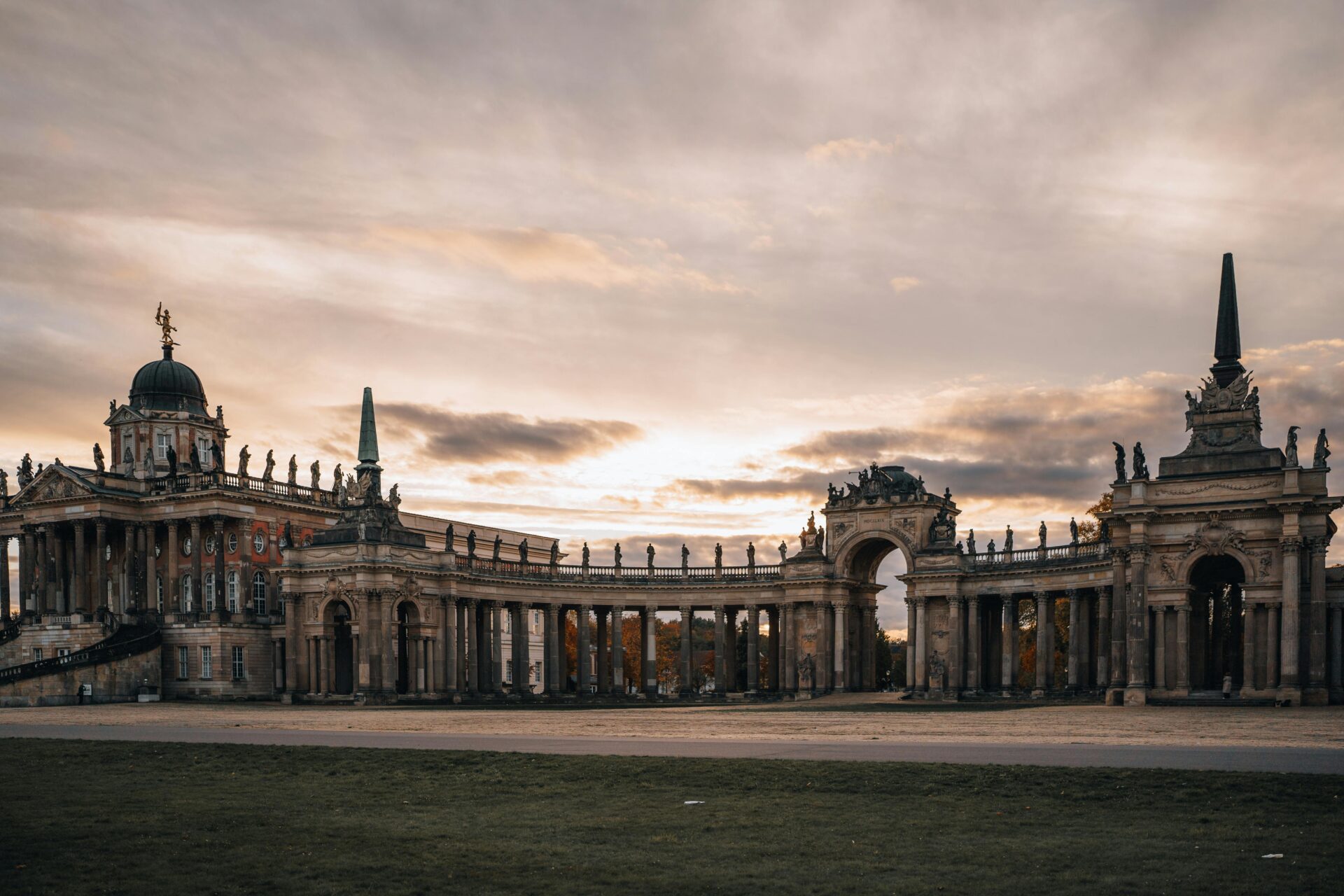
Dutch Quarter and Cultural Heritage Sites
The Dutch Quarter, built in the 18th century, stands out with over 130 red-brick houses topped by gabled roofs. It gives the area a distinctive Dutch flavor.
Shops, bakeries, and cozy cafés fill the peaceful streets. Frederick William I of Prussia invited skilled workers from the Netherlands to settle here, shaping the neighborhood’s unique look.
Walking through the quarter, I always notice how Potsdam’s multicultural past lives on in its buildings and daily routines.
Beyond the Dutch Quarter, you’ll find more heritage sites—like the Brandenburg Gate (not Berlin’s!), Russian Colony Alexandrowka, and the Old Market Square.
These spots, along with the palaces and parks, really show why Potsdam sits at the heart of German history and earned its UNESCO listing.
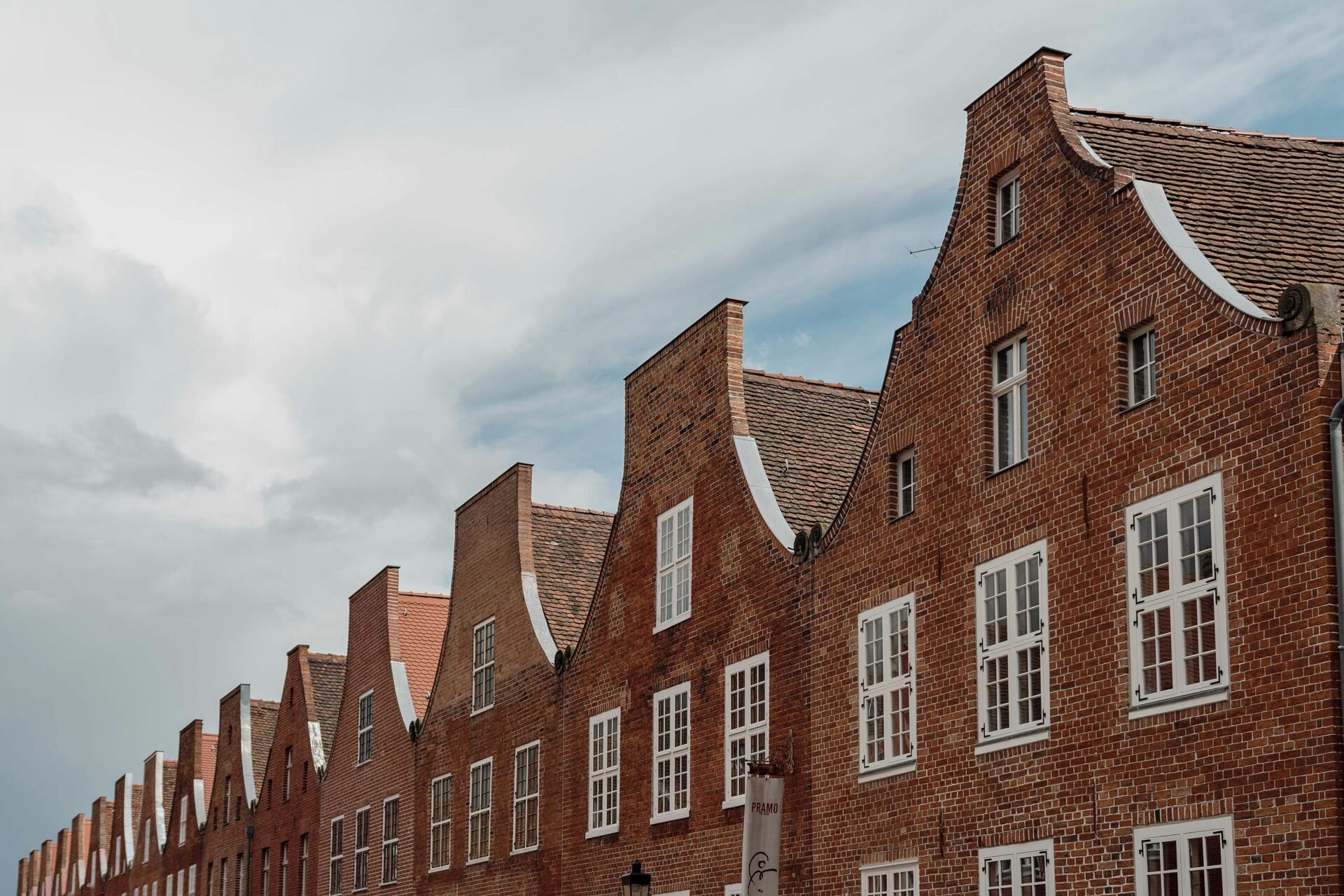
Historic Towns and Cultural Treasures
Brandenburg is full of towns where centuries-old stories still echo in the streets, buildings, and local festivals. It’s a place where the past feels present and alive.
Brandenburg an der Havel
Brandenburg an der Havel is one of Germany’s oldest cities—once a major player in the Hanseatic League. The city hugs the Havel River, and its old town oozes medieval charm with brick Gothic churches and bits of the ancient city wall.
St. Catherine’s Church and St. Gotthardt’s Church really stood out to me. They both showcase the city’s historical importance.
The Altstädtisches Rathaus (Old Town Hall) and its Roland statue—symbolizing city rights—are must-sees.
I also checked out the Industriemuseum Brandenburg, which dives into the region’s industrial past. Historic bridges and canals crisscross the city, giving it a laid-back feel. I recommend a boat tour if you want to see it from a different angle.
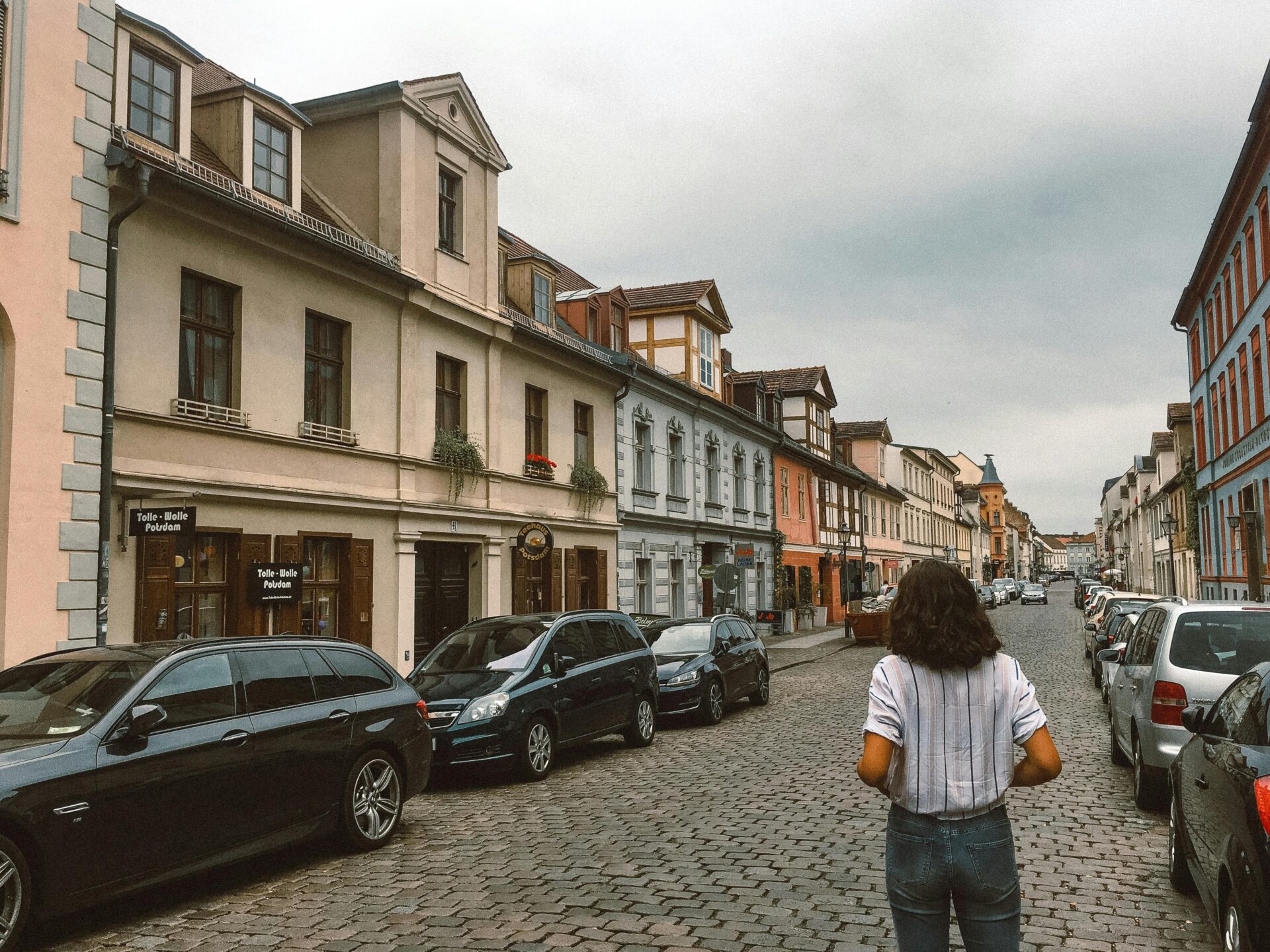
Cottbus and Sorbian Culture
Cottbus fascinates me with its blend of German and Sorbian traditions. The Sorbs, a Slavic minority, have shaped the area for generations.
When I walked around, I spotted Sorbian street names alongside German ones. Locals celebrate festivals like the Zapust carnival, dressing up in vibrant folk costumes and singing in Sorbian.
Cottbus also boasts beautiful Art Nouveau buildings—especially the Staatstheater.
Branitz Park, designed by Prince Hermann von Pückler-Muskau, is a highlight with its pyramid tombs and peaceful lakes. Museums here help visitors understand Sorbian language and history, making Cottbus a living example of cultural diversity.
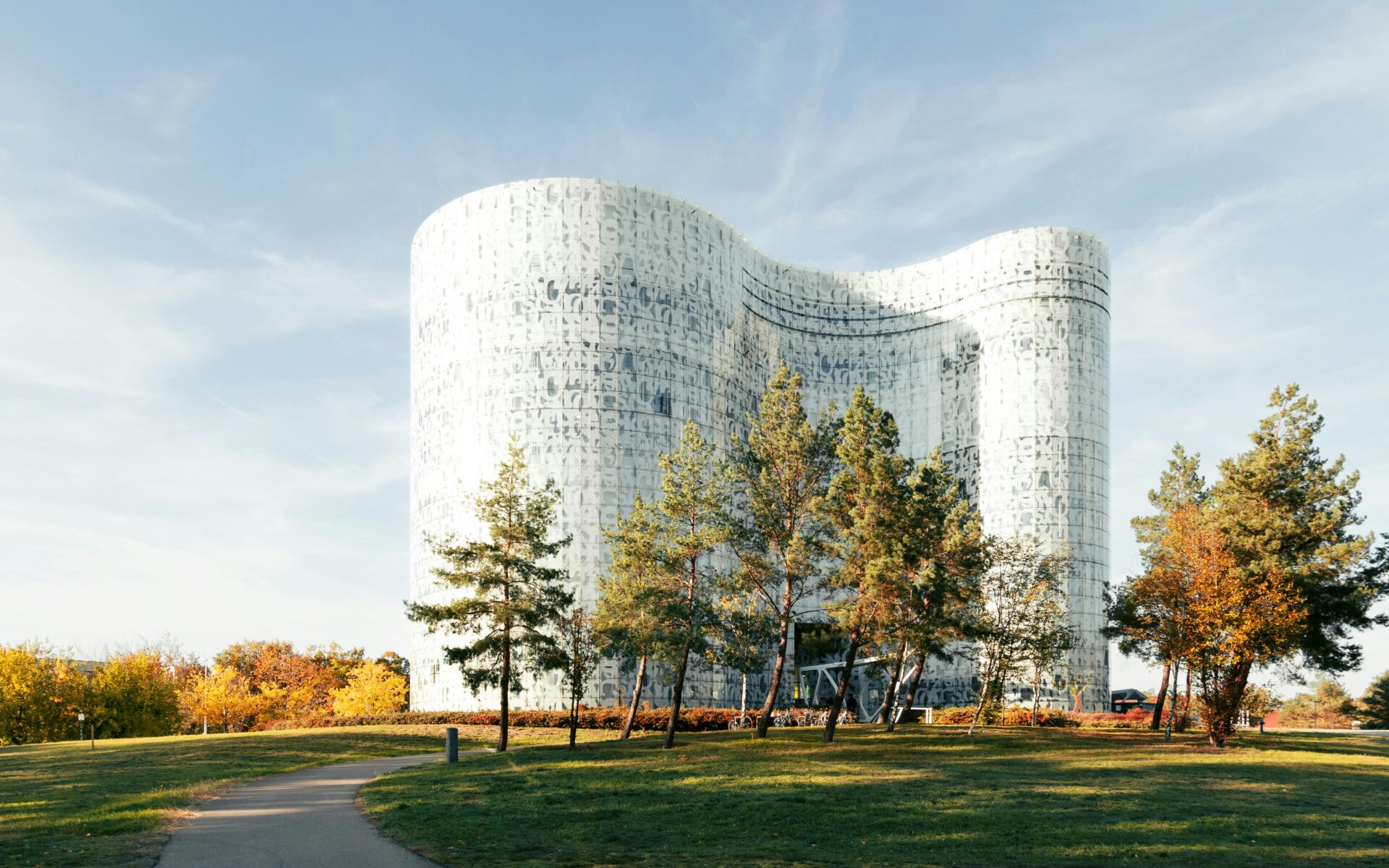
Chorin Abbey and Medieval Heritage
Chorin Abbey stands as one of Brandenburg’s finest medieval architectural sites. Founded in the 13th century, this former Cistercian monastery sits among lakes and forests.
The brickwork, arches, and quiet cloisters impressed me. Wandering the grounds, I learned how monks here shaped local agriculture and building styles.
Chorin Abbey now hosts open-air concerts and medieval fairs. These events bring the monastery’s history to life and create a lively atmosphere.
The ruins and gardens, together with the surrounding nature, make it a perfect spot for anyone drawn to history and old-world ambiance.
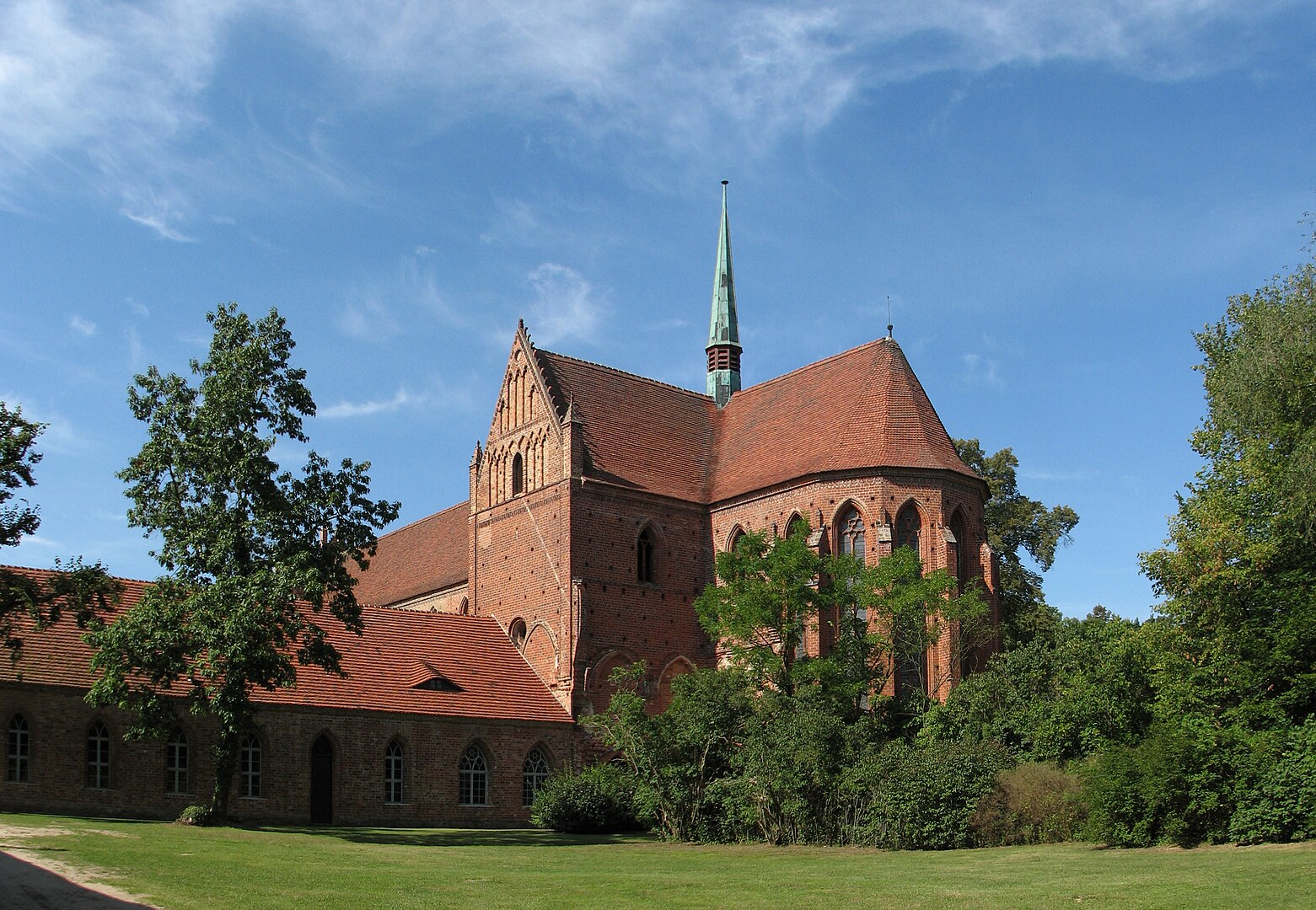
Unique Experiences and Hidden Gems
Brandenburg keeps surprising me with its offbeat and unexpected sights. Whether you want eerie ruins, tropical warmth, or a peek behind the movie magic curtain, there’s a bit of everything.
Beelitz-Heilstätten Sanatorium
Beelitz-Heilstätten Sanatorium left me both spooked and fascinated. This sprawling medical complex, built in the early 20th century, includes over 60 abandoned buildings.
Soldiers from World War I, including Adolf Hitler, once recovered here. Now, ivy climbs the brick walls and sunlight sneaks through shattered windows.
Guided tours lead you through haunting hospital corridors and old operating theaters. I walked the “Baumkronenpfad” treetop walkway, which gives you an amazing view over the whole site.
History fans love the sanatorium’s stories, while photographers chase the moody light. If you want a truly memorable visit, try a dusk tour—the atmosphere totally shifts as evening falls.
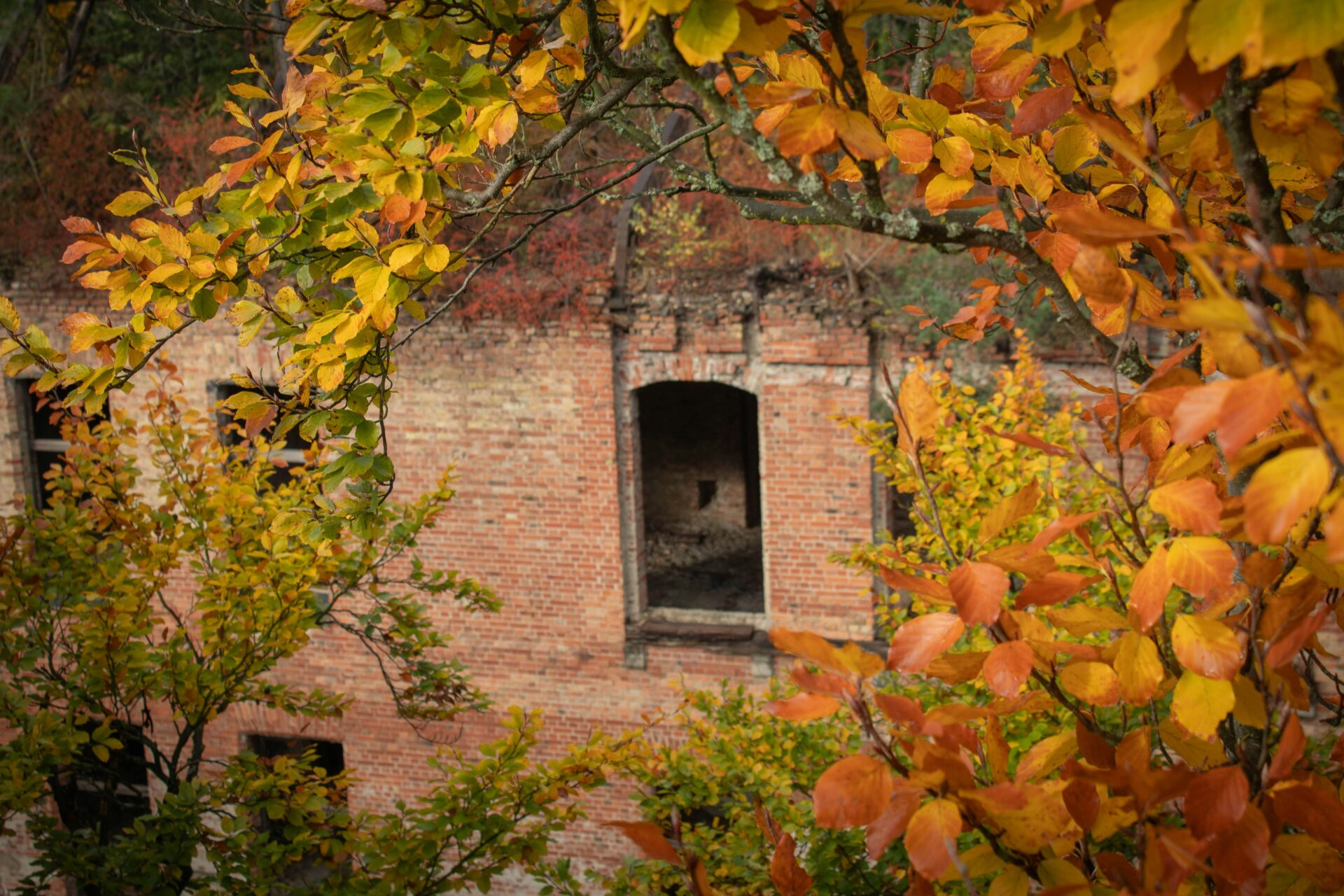
Tropical Islands Resort
Tropical Islands Resort is just wild. It’s Europe’s largest indoor tropical park, set inside a converted airship hangar.
I walked in and was instantly surrounded by palm trees, sandy beaches, and turquoise water. It’s summer, no matter what the weather outside is doing.
There are lagoon pools, water slides, and a rainforest with over 50,000 plants. Families float down lazy rivers or hit mini-golf and playgrounds.
I found the sauna area wonderfully relaxing after a busy day. You can even stay overnight in tents or rooms inside the dome, which makes it perfect for a quick getaway.
It’s a fun, quirky spot to warm up when Germany’s weather turns chilly.
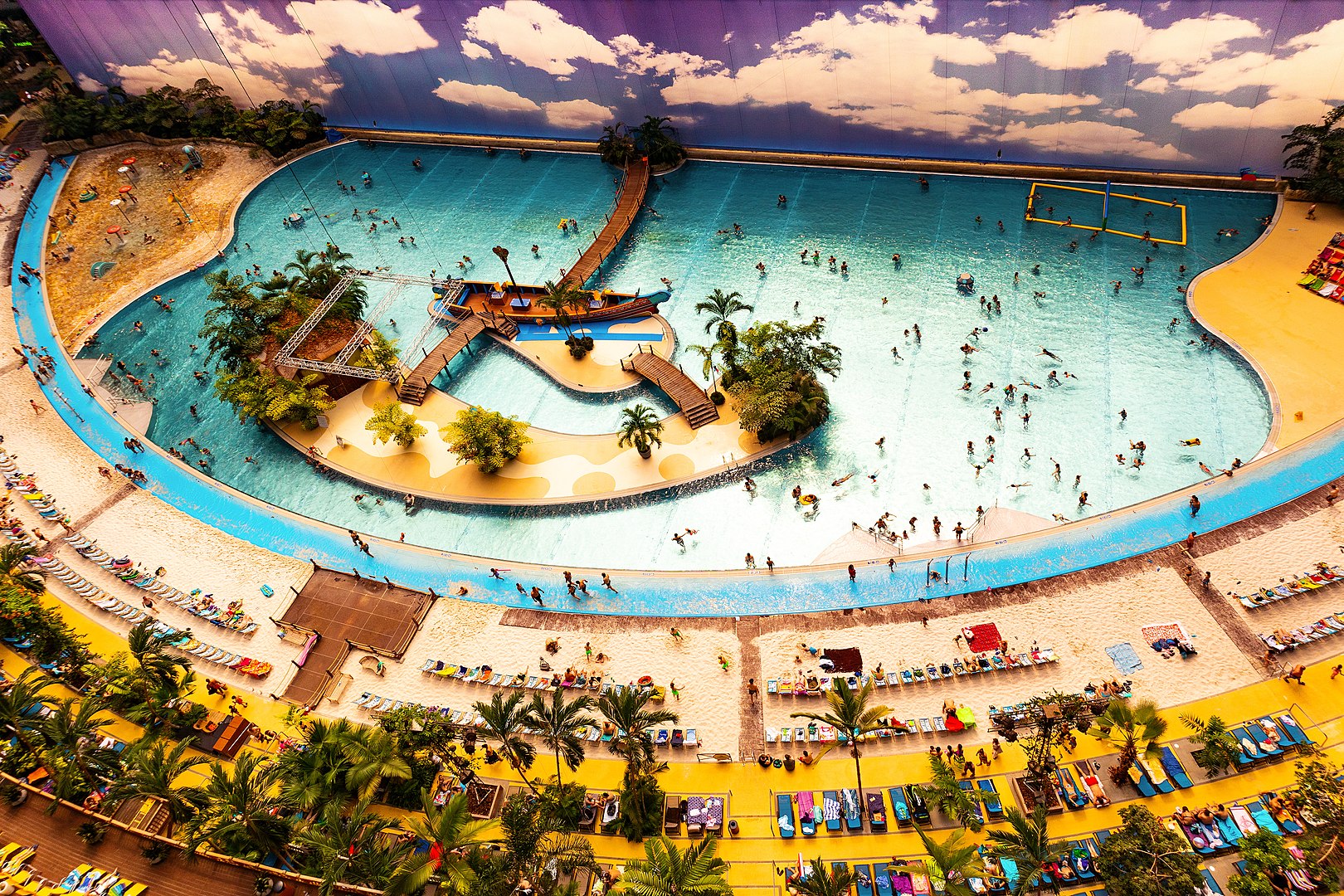
Babelsberg Film Studios
I’m a movie buff, so visiting Babelsberg Film Studios was high on my list. This is the world’s oldest large-scale film studio, running since 1912.
They filmed classics like “Metropolis” and parts of “Inglourious Basterds” here. Guided tours take you through historic sets, costumes, and special effects demos.
I got to see iconic props and learn a few movie-making secrets. There’s even an interactive museum where you can try out film techniques yourself.
Babelsberg is a real working studio, so there’s always a chance you’ll catch a live production in action. That sense of authenticity made my visit extra special.
If you love movies, history, or just want a behind-the-scenes peek, Babelsberg is a must.

Wildlife, Birdwatching, and Rural Escapes
Brandenburg’s natural spaces have surprised me with some of the best birdwatching spots in Germany. You’ll also find charming rural scenery and small villages that quietly hold onto their cultural histories.
Honestly, these escapes feel like a breath of fresh air if you’re craving peace, nature, and maybe a bit of German literary magic.
Rühstädt Stork Village
Rühstädt stands out because of its white stork population. When spring hits, the whole village transforms—suddenly, it’s one of Europe’s top stork nesting sites.
I remember looking up and spotting dozens of these big, elegant birds perched on chimneys or special platforms the locals built.
Every summer, the village throws its annual Stork Days festival. Locals and visitors join in, celebrating the storks’ return and swapping stories about their migration.
As I wandered through Rühstädt, I stumbled on information displays and met residents who work hard to protect the storks’ habitats.
If you’re into birdwatching, Rühstädt really shouldn’t be missed.
Highlights:
- At peak, you’ll see over 30 breeding pairs of storks
- Birdwatching centers offer interactive exhibits
- Quiet riverside trails invite you to slow down and take a peaceful walk
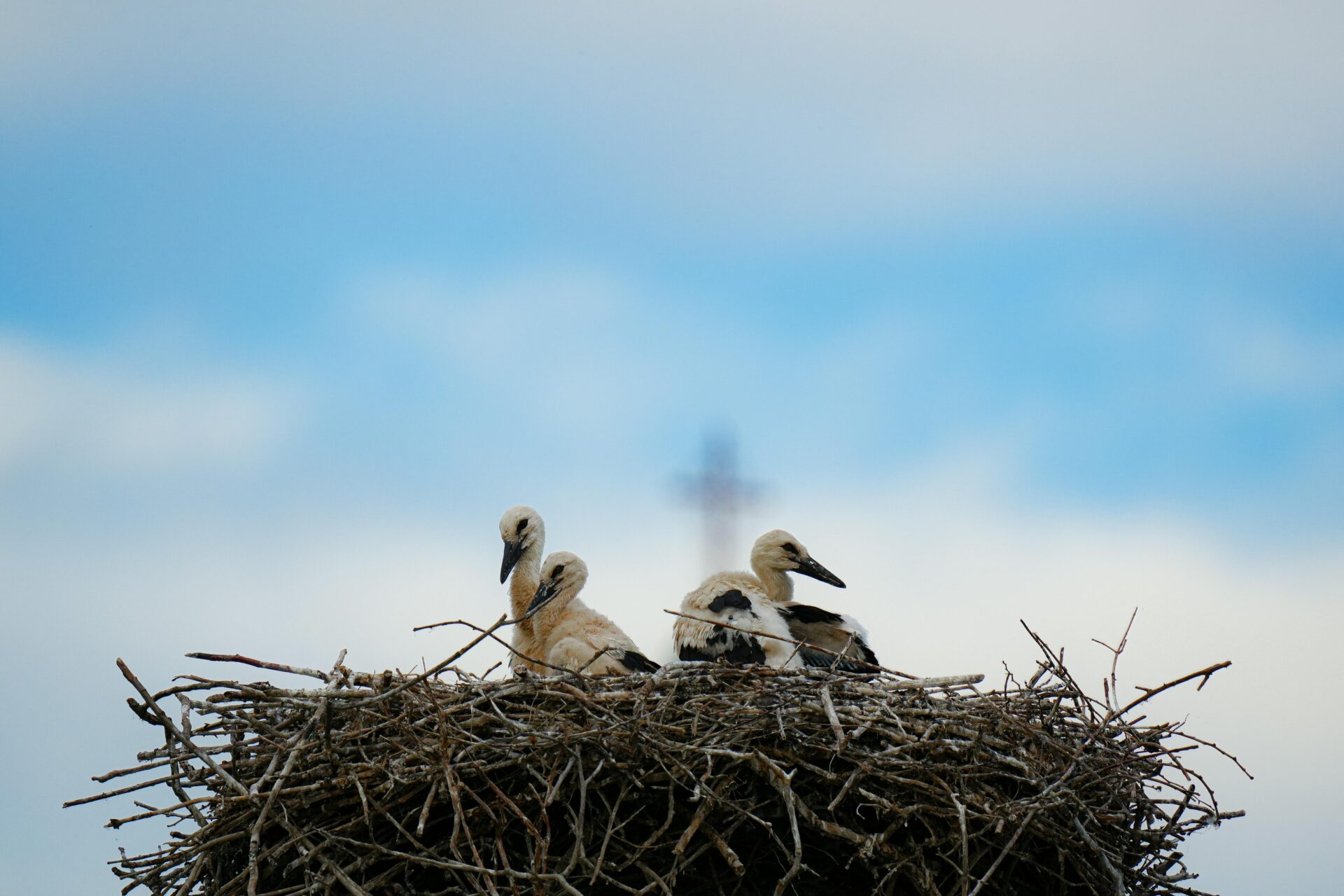
Bernau and Idyllic Countryside
Just beyond Berlin’s edge, Bernau delivers a totally different vibe. The countryside rolls out with forests, meadows, and little lakes tucked here and there.
I love cycling along those quiet paths, wildflowers brushing my ankles, and sometimes I’ll pause at a local market for just-picked strawberries or fresh bread.
Spring in Bernau is something else. Villages burst into color with blooming trees and gardens.
Life seems to move slower here, and I find it’s the perfect antidote to city rush. The locals have always been welcoming in my experience.
Sometimes, I’ll spot cranes or wild geese wandering through the flooded fields—always a treat for bird lovers.
What to do in Bernau:
- Try out the cycling and hiking routes
- Swing by farmers’ markets when they’re in season
- Unwind by a natural pond or set up a picnic in the meadows
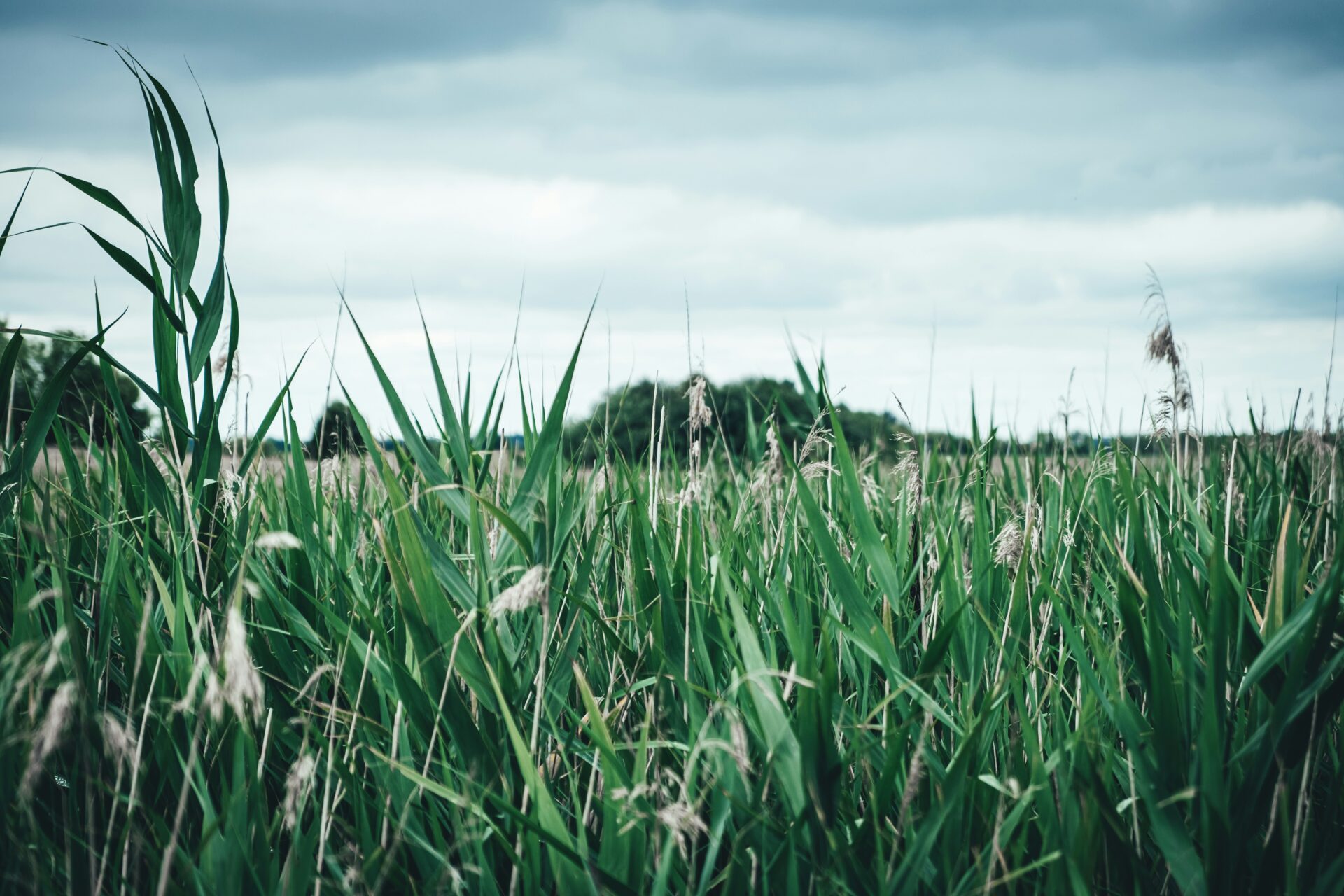
Ribbeck’s Poetic Landscapes
Ribbeck always reminds me of Theodor Fontane, the German writer who put this little village on the map with his ballad “Herr von Ribbeck auf Ribbeck im Havelland.” I can’t resist wandering through those old pear orchards he wrote about, or pausing at the charming white Ribbeck Church.
There’s something almost dreamlike about the countryside here. Cobblestone lanes wind between rows of fruit trees, and the place just feels like it’s paused in time.
Spring brings a rush of blossoms, and suddenly visitors from all over Brandenburg show up. I’ve watched poetry lovers gather under the flowering branches, sharing verses and stories—it’s this beautiful blend of nature and culture that keeps pulling me back.
Special touches:
- You’ll find Fontane-themed trails and guided walks
- There’s a historic manor house with a visitor center
- Those old pear trees? They’re the very ones that sparked Fontane’s poetry

